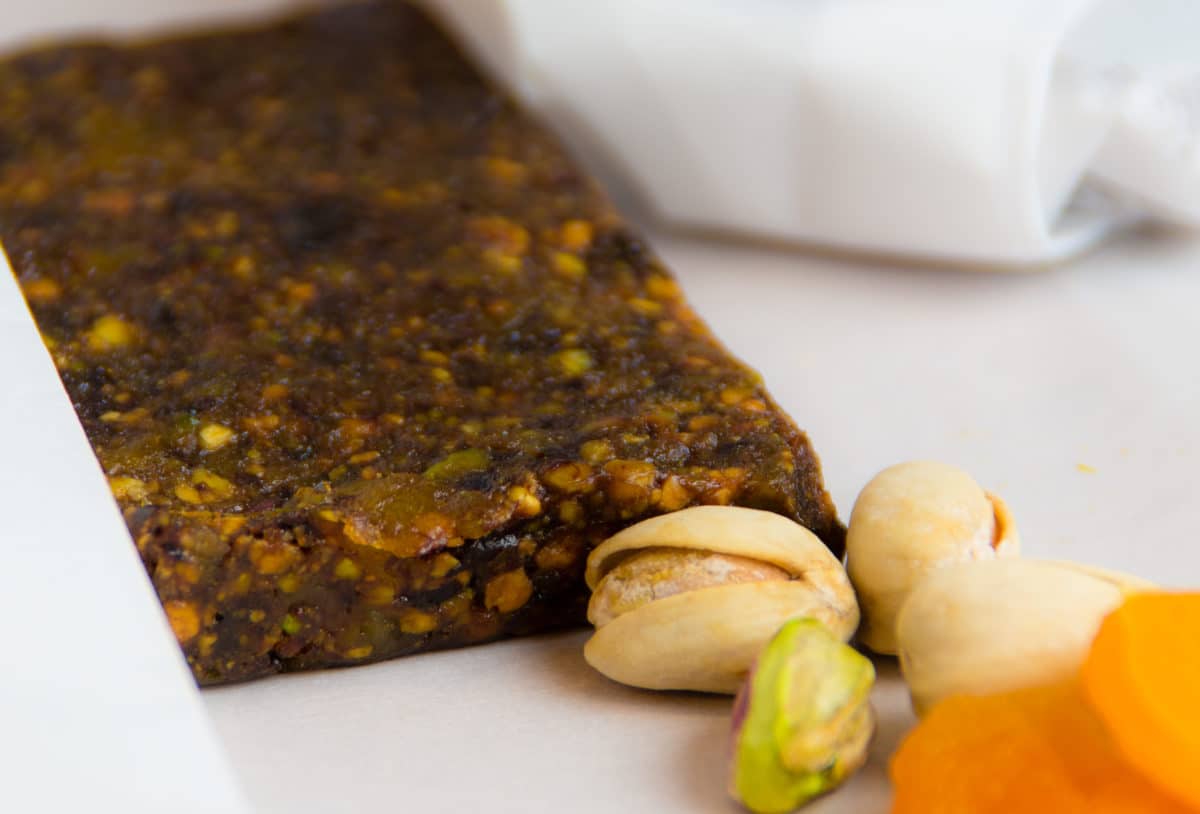Walk down the gluten-free aisle in your local grocery store and you’ll be greeted with an onslaught of products. Baking mixes, breads, cookies, cereals —you name it and it’s been stripped of gluten and given a new, health-focused label. One gluten-free company’s website depicts happy, youthful, thin women literally jumping for joy over their chocolate chip cookies. “Live gluten-free,” it says. “Embrace your bountiful life!” Cut out the wheat and you too will be lightweight and carefree.
But what about the other ingredients in those cookies? What of those gluten-free pizzas in the freezer aisle? What about the loaves of bright white gluten-free bread? Is there anything to distinguish them from the average Pepperidge Farm product besides their lack of enriched wheat flour?
Not really.
Gluten is the protein in wheat, rye, and barley that gives foods made from these grains their stretch, chew, and structure. Finding a good substitute is tricky. The most common swaps are white or brown rice flour, some form of starch, and (often) a bean-based flour for protein. Some are more nutritious than others, but just about any gluten-free flour that’s as bleached as its glutenous counterpart is likely to be just as bad for our blood sugar.
Gluten-free flours often need more “help” to transform into recognizable products. Additional eggs are a frequent addition, as are xanthan, guar, and other gums. They also need greater doses of leaveners, which often require additional ingredients like sugar to balance out the chalky flavor of baking powder.
Add to these benign ingredients the countless others that fill out the labels on the gluten-free aisle. Additional products are included for “freshness” or stability, and their off flavors need to be covered up with more sugar, salt, or even less appealing ingredients like cultured corn syrup solids or sodium carboxymethylcellulose.
Of course, gluten-free breads, baking mixes, and the occasional prepared treat serve an important purpose. Celiac disease is a serious autoimmune condition in which the presence of gluten damages the small intestine, preventing it from absorbing nutrients. Its rate of incidence is rising, along with increased reports of gluten sensitivity. The availability of celiac-friendly convenience food is certainly a boon to busy gluten-free eaters.
Regardless, it is a mistake to classify any of these products as healthier alternatives for the average consumer. A cookie is a cookie, no matter its wheat content. ![]()
